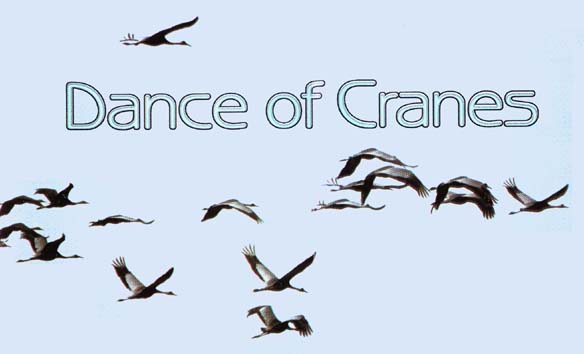
Address of Khankaisky Nature Reserve;
10, Yershova Str., Spassk-Dalny, Primorskii Krai, 692210, RUSSIA.
Tel/Fax:2-31-38; Tel.: 2-37-75 (42352 - international code) (252 - code of Primorye)
E-mail: khanka@mail.primorye.ru
Photo by Yuri Shibnev, Vasili Solkin, Gennadi Shalikov,
text by Yuri Sushitski
editor T. Lozanskaya.
Model, Design, computer treatment by "Zov Taigi" Center for Defence of Wild Nature via financial support by WWF and USAID. Publishing House "Dalnauka", Vladivostok, Radio Street 7. Edition of 2000.
The Reserve, consisting of 37,989 hectares, is located in the centre of Prikhankaiskaya Lowland. The dominant habitats of the Reserve are grassy bogs, meadows, reed thickets and shallow. In addition to the main territory, the "Khanka" Reserve has a buffer zone where agricultural and other activities are partially or totally prohibited. Altogether, protected areas covers 110,000 hectares.
|
Trionyx sinensis |
334 species of birds have been recorded in the Reserve and its adjacent protected areas. Most of them are classified as endangered species; 49 species have been included in the Russian Red Book and 12 species in the International Red Book. In consideration of the number of bird species and the number of rare species, the Reserve has a leading position (among equally sized reserves) not only in Russia but also within all protected areas in temperate Europe and Asia. Of the 43 mammal species recorded in the Reserve, two species are registered in the International Red Book and an additional two species are registered in the Russian Red Book. One species of reptile and two species of fish are also registered in the Red Book. The Reserve has vital importance for the preservation of 9 species of vascular plants which are endangered or rare in the Russian Far East.
Khanka Lake is the largest freshwater lake in the Russian Far East. It is very shallow despite its large surface area of approximately 4,070 sq.km. The average depth of the lake is between 4 to 5 meters; the maximal depth is 10 meters. The water level changed periodically in the last 26 years: amplitude of its variation can reach 210cm. In this case difference in water surface area is about 17% and water volumes is 39%.

Since 1993, the Reserve has been compiling the Chronicles of Nature, in which all events and changes of the Reserve are listed. The Chronicles assists in the study of trends of natural history changes and/or in the comparison of the Reserve with non-protected areas. This provides a scientific base for the biodiversity preservation and optimal use of natural resources in the region. Researchers of the Reserve conduct environmental education and organise different cognitive excursions by foot, boat, and car.












 The water-marsh territories of Khanka Lake basin are a unique nature complex where different species of birds build nests or stop to rest while flying through this area. There are many rare and interesting meadows and marsh plants. The first proposals to establish a protected area in this region were made in the 1920s. A long and compliated battle has been fought by the defenders of nature. Finally in 1990, a state nature reserve was established, makin this Reserve the youngest in the Primorskii Krai. Since 1971, according to the Ramsar convention, this territory was given the status of the wetlands of international importance. In April 1996 an agreement between Russia and the Chinese People Republic was signed which established an international Russian - Chinese Reserve on the territory of the Nature Reserve Khankaiskii in Russia and the Sinkai-Hu Reserve in China.
The water-marsh territories of Khanka Lake basin are a unique nature complex where different species of birds build nests or stop to rest while flying through this area. There are many rare and interesting meadows and marsh plants. The first proposals to establish a protected area in this region were made in the 1920s. A long and compliated battle has been fought by the defenders of nature. Finally in 1990, a state nature reserve was established, makin this Reserve the youngest in the Primorskii Krai. Since 1971, according to the Ramsar convention, this territory was given the status of the wetlands of international importance. In April 1996 an agreement between Russia and the Chinese People Republic was signed which established an international Russian - Chinese Reserve on the territory of the Nature Reserve Khankaiskii in Russia and the Sinkai-Hu Reserve in China.